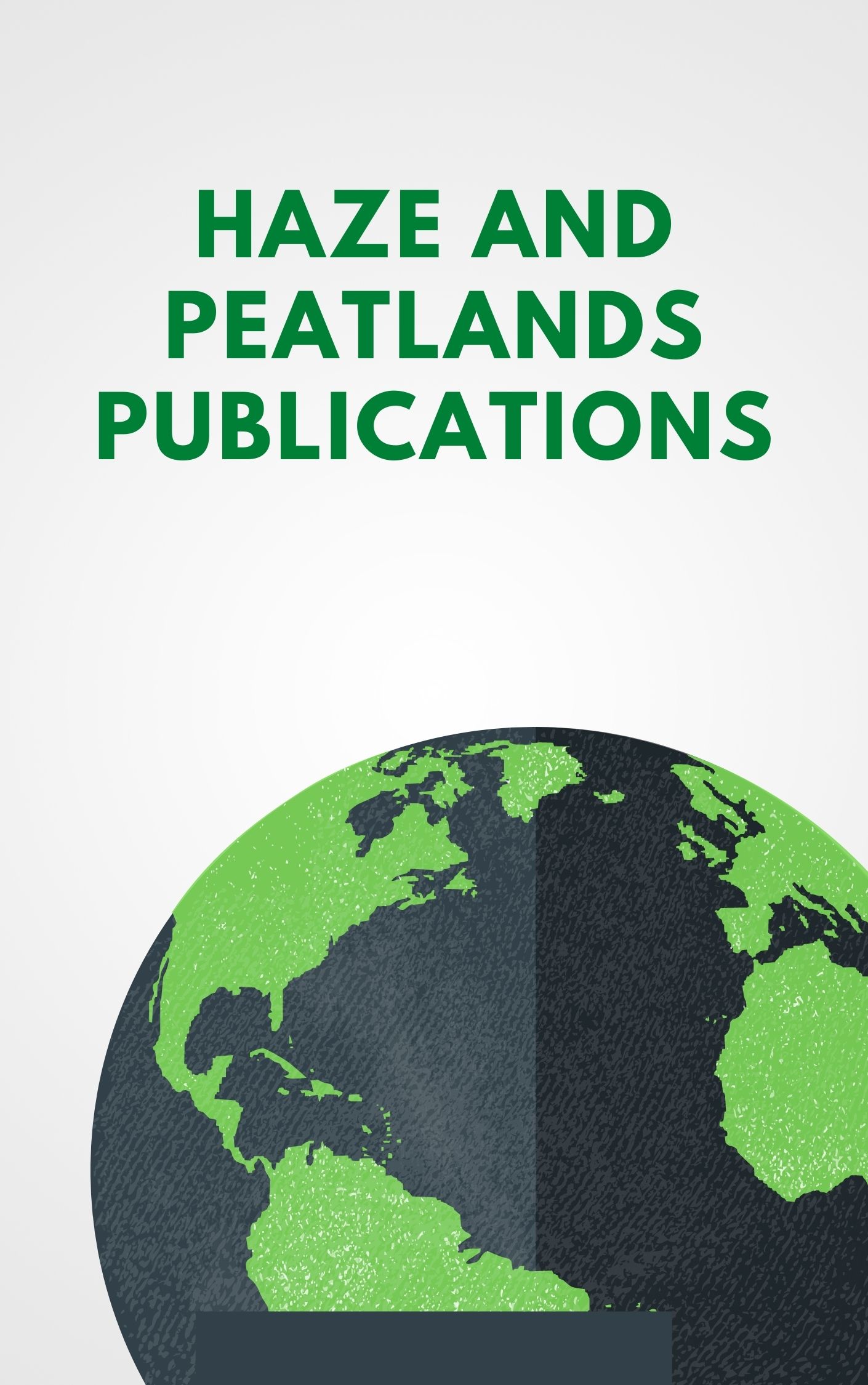As Indonesia continues to promote peatland restoration to serve its climate target, current policies and economic practices on peatlands remain to be fully consolidated with conservation principles. Meanwhile, studies comparing costs and benefits of different peatland management models are limited. This study applies economic cost-benefit analysis on two peatland management scenarios, with a case study in Kahayan-Sebangau Peat Hydrological Unit (PHU), Central Kalimantan province. The first scenario consists of current peatland management and restoration practices, in line with existing policy target. Second scenario proposes implementation of strengthened peatland rewetting, paludiculture, and cessation of drainage-based operations, among others. Information on the costs and benefits was collected through a survey of 690 respondents, combined with literature review. Monte Carlo simulation technique is applied to account for parametric uncertainty within the costbenefit analysis. The result shows that second scenario results in higher average Net Present Value in 50 years compared to the first scenario, with approximately 21% difference. This implies that peatlands may generate higher long-term societal welfare when conservation principles are fully endorsed, and the restoration ambition is enhanced. Also, improving the spatial alignment of Central Kalimantan land use plan (Rencana Tata Ruang Wilayah / RTRW) with the proposed land utilization model in second scenario may further prevent negative impact of emissions in the PHU, compared to the case where the existing RTRW is wholly implemented.
View source

